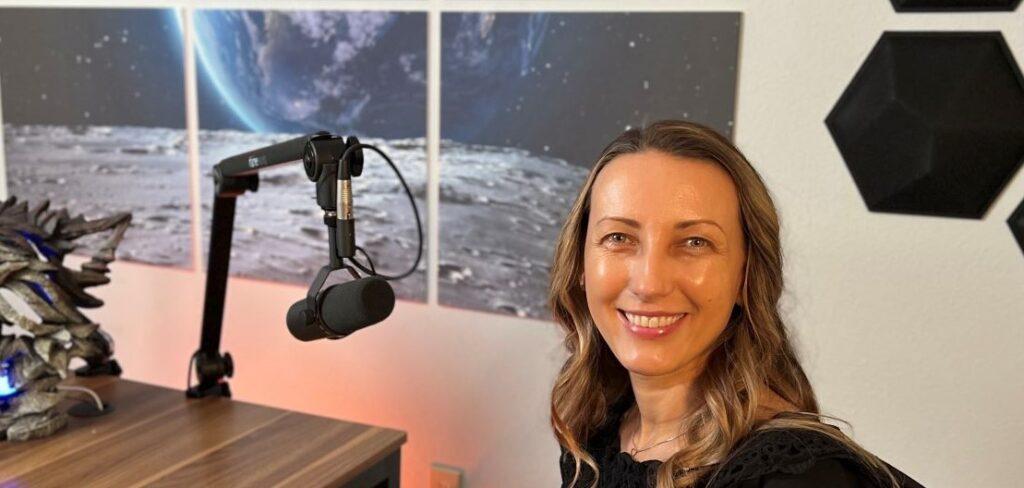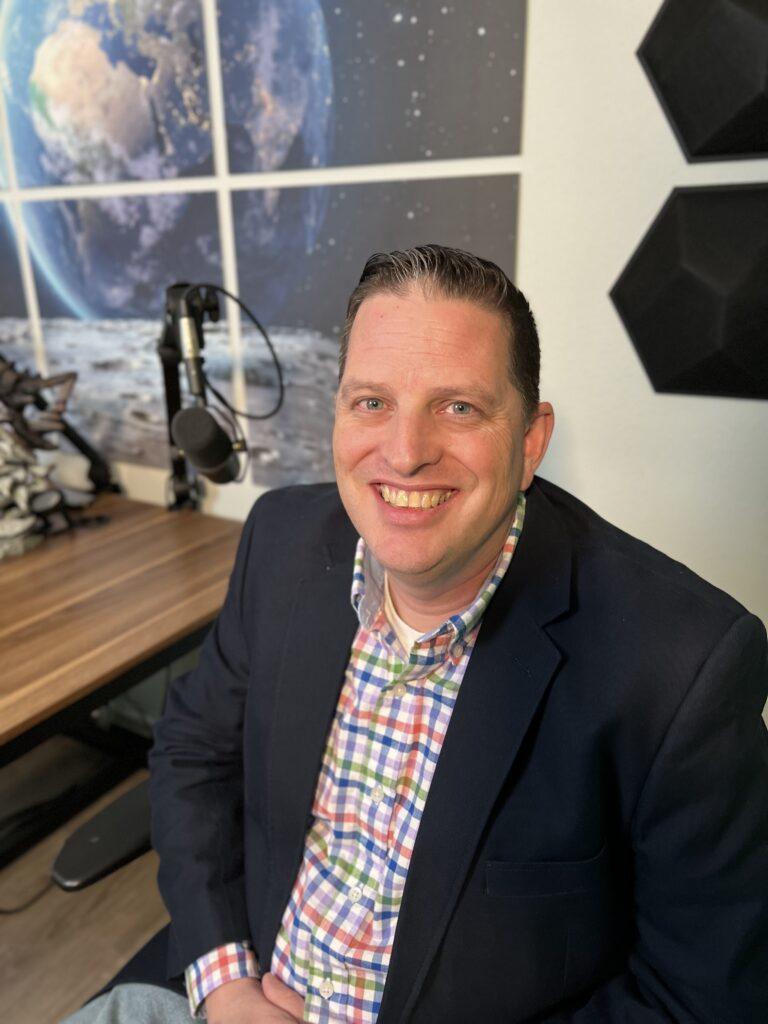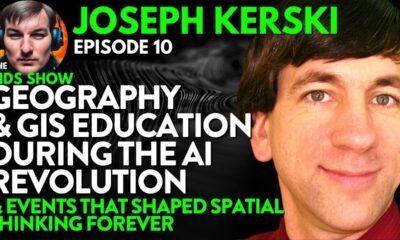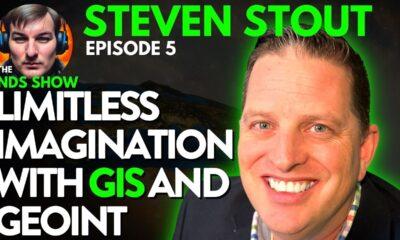
STEM jobs are seen as the ultimate career path in the United States. They generally pay well, offer progression, and are in high demand. Geographic Information Systems (GIS) offers particularly rewarding STEM career paths. A career in GIS allows you to make a difference to society or the planet as a whole though an advanced understanding of location.
Dr. Narcisa Pricope, a professor, researcher, and business owner in the GIS Field and Steven Stout, the Director of Geospatial Solutions at Geo Owl, recently spoke on The NDS Show Podcast about how they started in GIS and shared their tips for people considering similar career paths.
Dr. Pricope discovered GIS while studying geography at university. She was doing her semester abroad in Glasgow where she took a GIS class and was hooked. “Geography is always about understanding things about the world we live in, but in chunks. First you learn about the biophysical world, then the climate, then the human systems. GIS allowed me to take it all and connect it together and do so quantitatively. I thought that was really amazing.”
Her study path started with a Bachelor’s degree in Geography. Then she did her Master’s degree in Geoscience and studied 2 PhDs.
For a GIS career, its helpful to obtain at least a Bachelor’s degree in Geography, Computer Science, Engineering, or Urban Planning, depending on your ideal career path. Master’s degrees are also extremely valuable for progression in GIS careers.
Technology is extremely important to the work that both Dr. Pricope and Steven Stout do. People pursuing a career in GIS can improve their job prospects by becoming familiar with GIS Software like ESRI’s ArcGIS Pro or QGIS, and AI tools like ChatGPT. Python would be the most useful programming language because the most prolific GIS tools like ArcGIS heavily rely on Python for advanced customizations and analytics. Steven Stout contributes a lot of success in his career to learning Python from Mark Lutz, the author of Python’s original and expansive documentation.
GIS has applications in almost every industry, so there are endless career paths you can pursue. Businesses, local government, and the military all require GIS expertise for operations.

Dr. Pricope is a Human Environment Geographer who focuses her research on how humans impact their environment and how the changing environment impacts humans. She is a Professor at the University of North Carolina Wilmington and a Science Policy Advisor to the United Nations. The research she provides enable environmental policies for the UN and governments across the world.

Steven Stout is the Director of Geospatial Solutions at Geo Owl, which is an industry leader in Geographic Information Systems and develops geospatial technology for governments, and businesses. His career has been focused on advancing GIS tools. He started out at ESRI as part of the project to use GIS to create digital cartography instead of relying on hand-drawn maps.
Dr. Pricope’s main tip for people pursuing a similar GIS career path to hers, is search for ways to be an interdisciplinary connector and contributor. She credits her ability to work with scientists from other fields to her success. Being able to understand what other scientists are sharing and being able to communicate what she needs has led to her collaborating on amazing projects.
For example, she recently wrapped up a project where she was collaborating with economists and lawyers to look at economic cost of the rising sea level and make policy recommendations based on the data. Dr. Pricope and her team were able to use geospatial data to predict which buildings, streets, and businesses outside of the 100 year flood plain would be impacted by extreme flood events. Economists can input that data into their models to make predictions of the costs to the economy.
Steven Stout’s advice for someone pursuing a career path in GIS technology is to build an in-depth understanding of the tools or software you are using.
“Don’t just become a button pusher, we can train button pushers. The people that have made careers of it understand what the tool is doing and why it’s doing what it’s doing.”
Steve stout
The example he gives is a button pusher won’t necessarily recognize when the tool gives an unexpected answer, but a trained professional will see the unexpected answer and troubleshoot what is going on. You want to become an expert in the tool or software you’re working with. You want to be the person they can come to with questions. That is what makes you valuable.
Steven Stout predicts that the focus for the next few years will be on how technology can improve current GIS tools and systems. Specifically, he highlights cloud-based GIS databases and tipping and cueing as large focuses.
Cloud-based GIS databases would represent a huge efficiency to people using geospatial data. Currently, if people want access to geospatial data they either have to collect it themselves or contact the people who routinely collect that data. Depending on the data they need, this could require them to contact multiple organizations. Cloud-based GIS databases will allow the most suitable people to collect GIS data and everyone who needs the data to access it.
Steven Stout predicts tipping and cueing will help shave valuable time between event prediction and response. If we look at extreme weather conditions, like tornados as an example, currently AI technology needs to be prompted to return data. So, a human needs to notice the weather conditions and ask the AI technology to analyze the data. Tipping and cueing will hopefully allow AI technology to learn indicators of extreme weather events like tornados and alert human operators. This will allow us to respond quickly and save more lives.
Watch the Full Podcast with Dr. Pricope and Steven Stout.


Geography & GIS Education during the AI REVOLUTION & Events That Shaped Spatial Thinking FOREVER with ESRI’s Joseph Kerski, PHD


City GIS: Making Cities Smarter with Digital Twins and Geographic Information Systems


How Geographic Information Systems (GIS) Support Everyday Efficiencies


SMARTER Cities Through CURIOSITY: From ArcGIS Digital Twins to AI Mapping w/ Richard Tuinstra


LIMITLESS imagination with Geographic Information Systems (GIS) w/ Steve Stout



